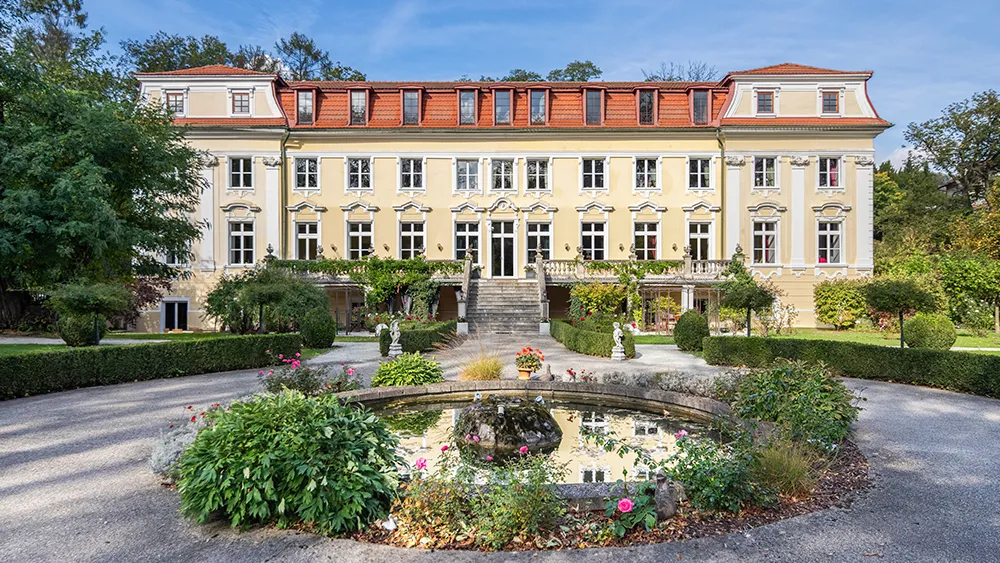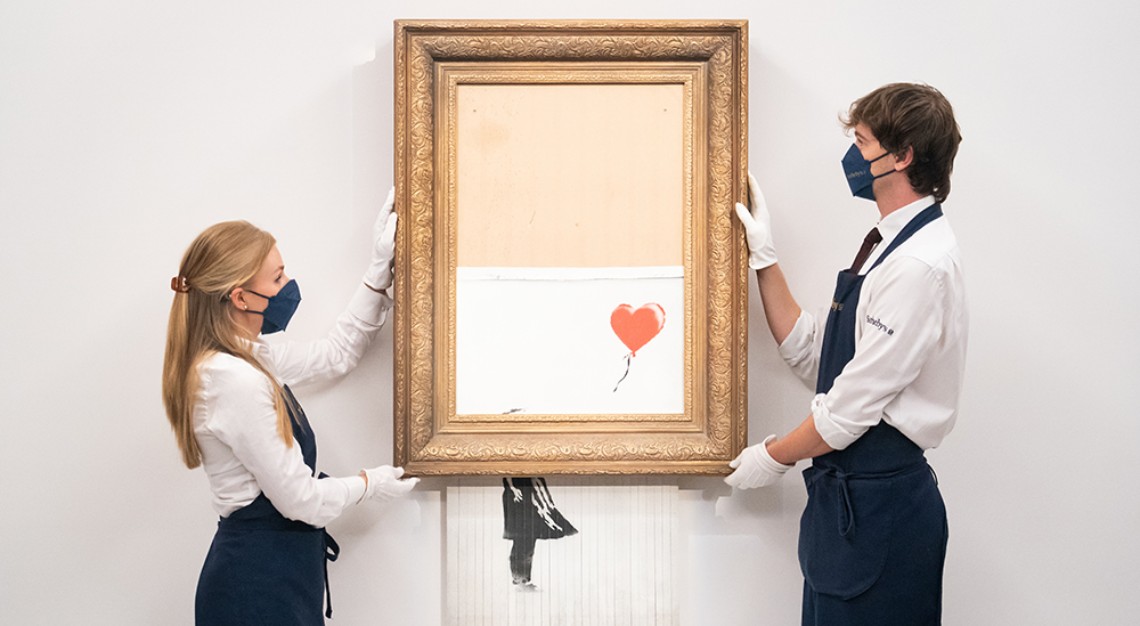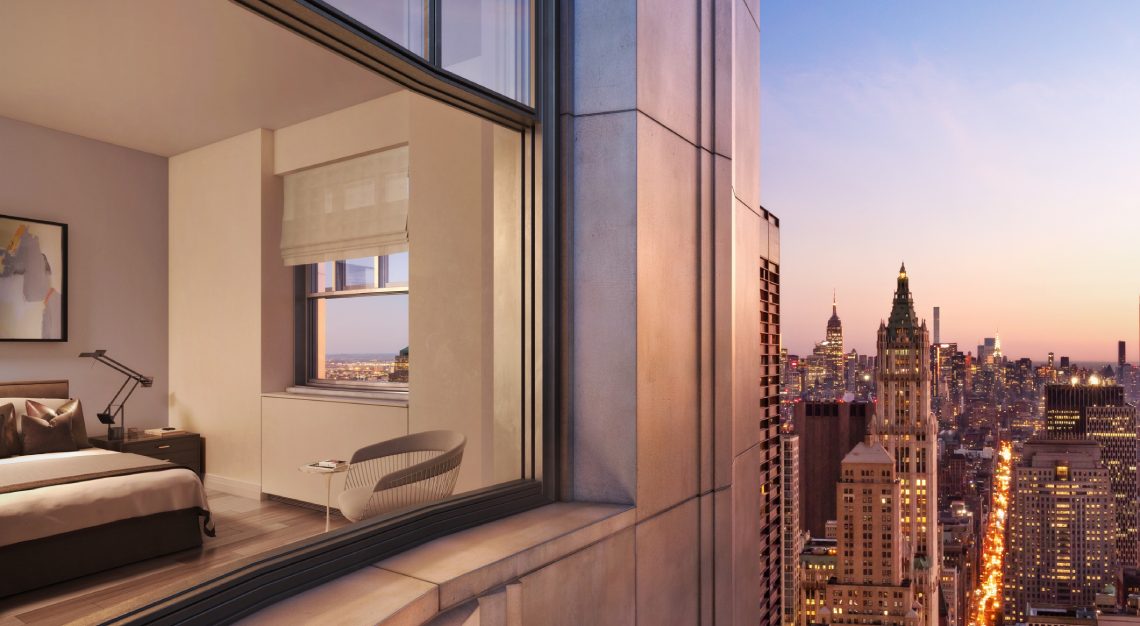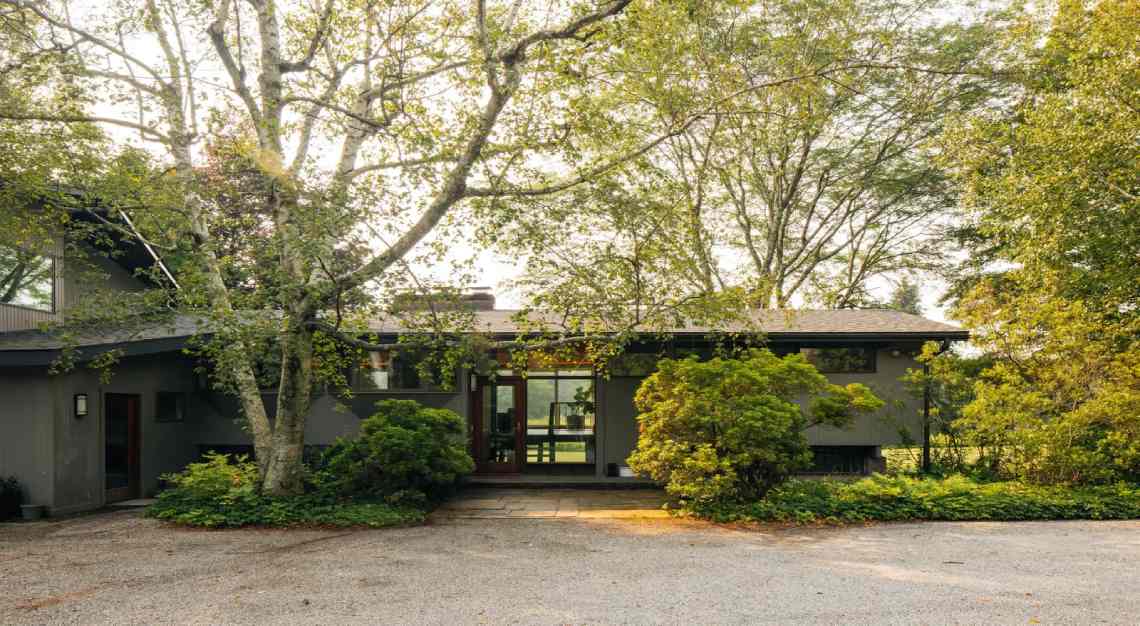The 50-room fortress, known as Schloss Stuppach, features a dungeon, a “Requiem” chapel, a movie theatre, and more
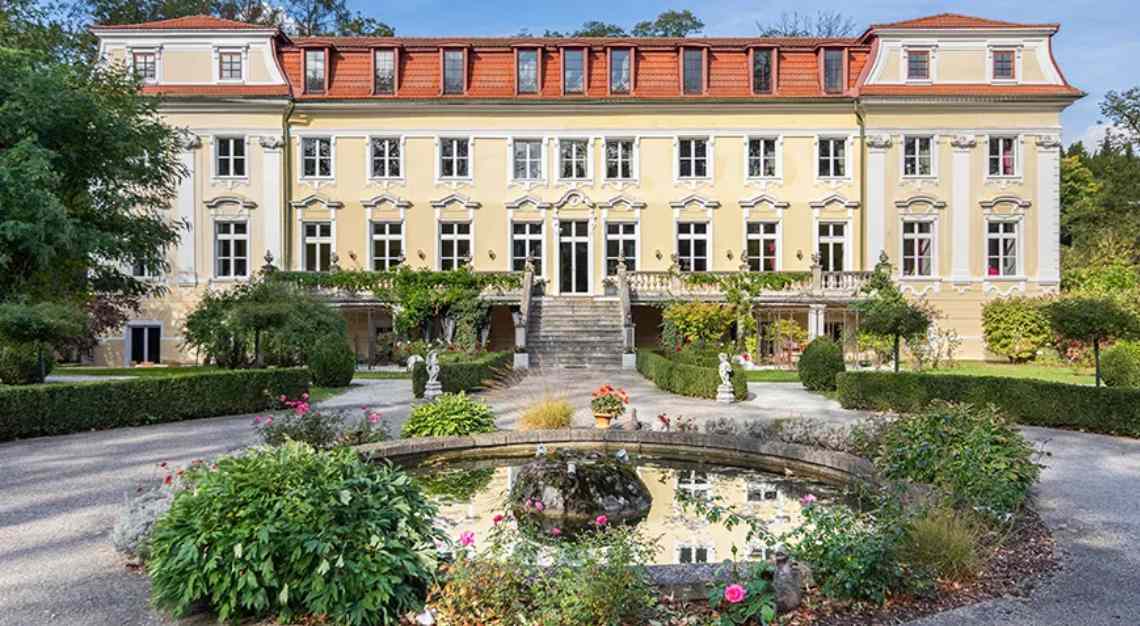
Once a refuge for Wolfgang Amadeus Mozart, Napoleon Bonaparte, and many other historical figures, this 900-year-old castle in Gloggnitz, Austria, is headed to auction.
The estate, known as Schloss Stuppach and often referred to as “Mozart’s Last Castle,” is going under the hammer next month in an online auction arranged by Michaela Orisich of Austria Sotheby’s International Realty and Concierge Auctions. Initially listed on the open market for US$12.1 million, the palatial property will be taking bids until 14 December 2023 and is expected to fetch between €3.95 million and €9.95 million.
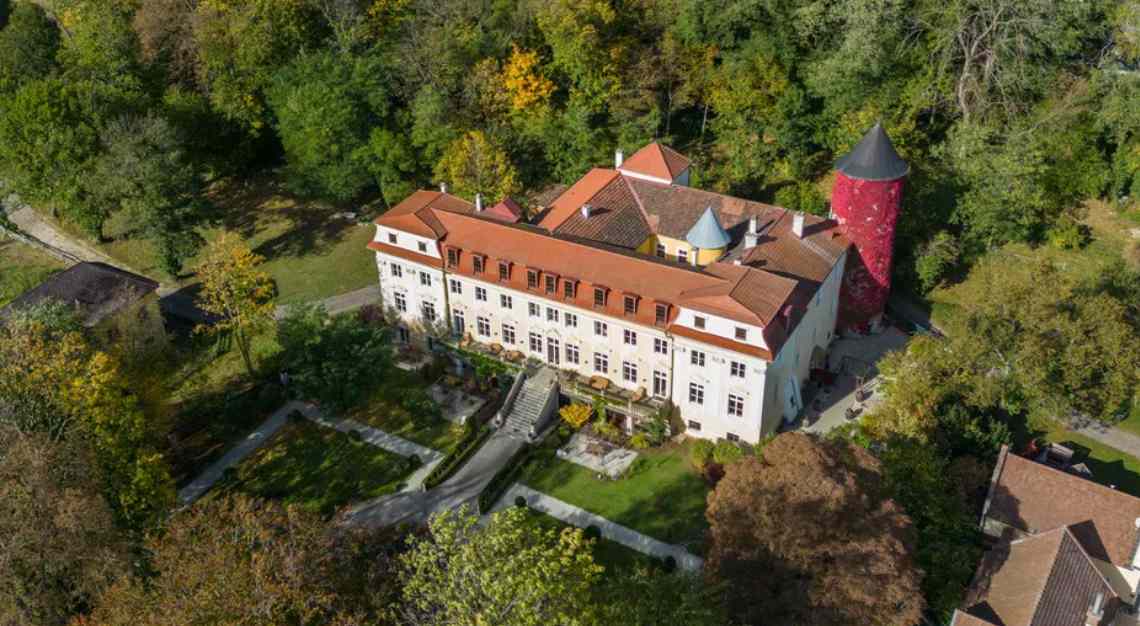
“The castle, a noted landmark in the area, is a historical gem and a continuing source of culture and art,” notes the listing. Originally built in 1130, the centuries-old residence is considered one of the few castles in Lower Austria that remains in private hands. Throughout its lifetime, the stately abode has played host to an impressive list of important visitors, including Napoleon, Franz Schubert, Pope Pius VI, Princess Isabelle von Bourbon Parma, and Emperor Franz Stephan von Lothringen.
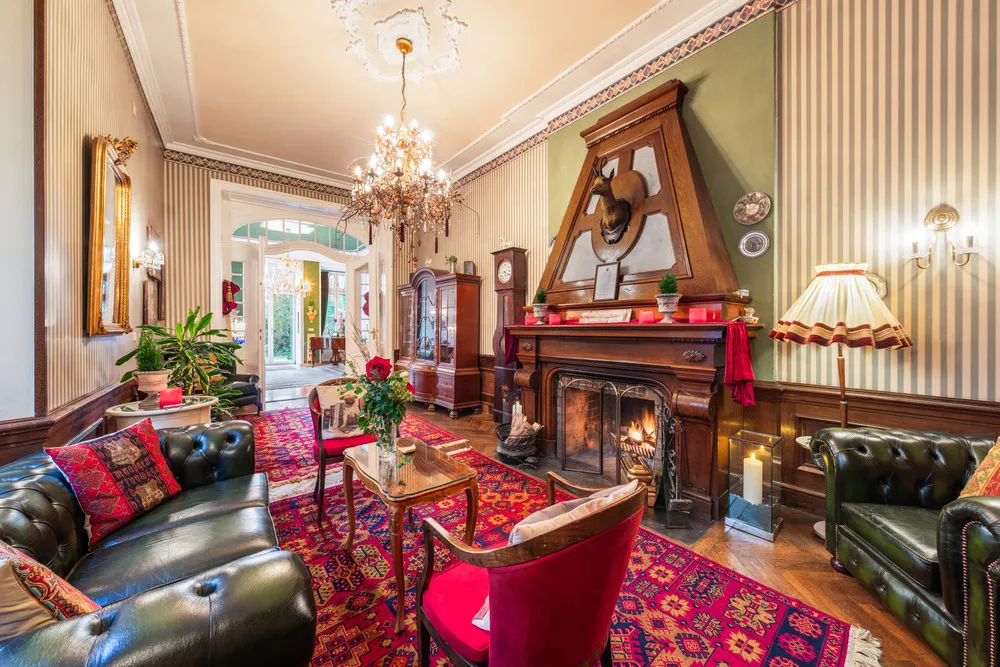
Most notably, the estate was home to Count Franz Anton Walsegg, who commissioned Mozart to write his final work, “Requiem in D minor.” The score was meant to be a tribute to the Count’s late wife, Anna Countess von Walsegg, who passed away at the castle on Valentine’s Day in 1791. Alas, Mozart died that same year at the age of 35 before finishing the piece. The Requiem was completed by another composer in 1792 and subsequently stored at Schloss Stuppach until the manuscript was transferred to the Austrian National Library in 1830.
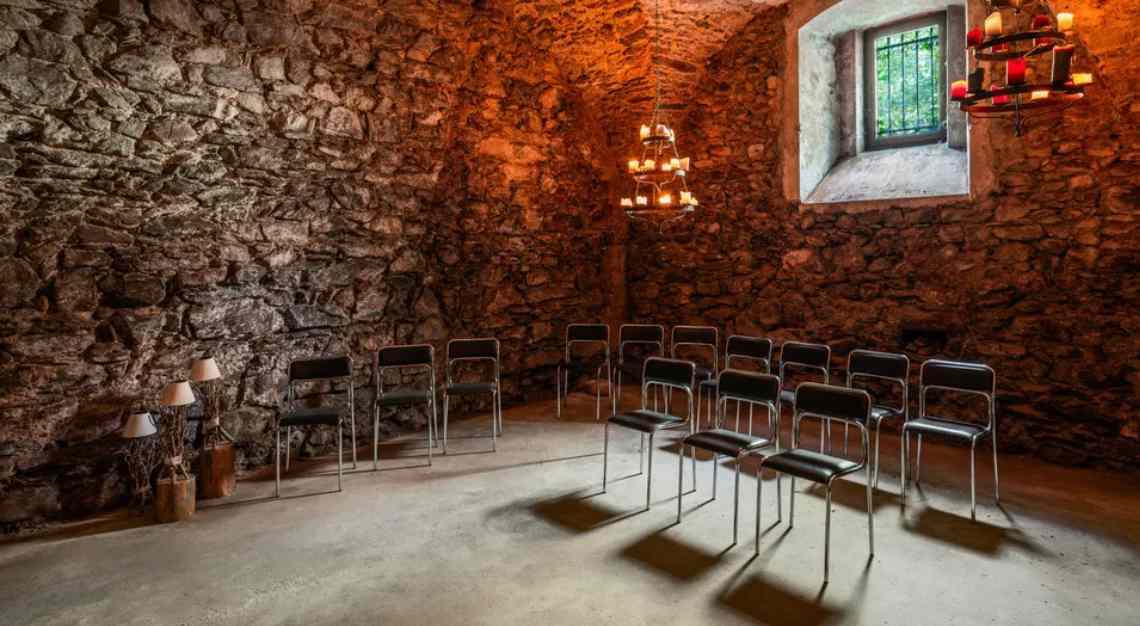
The 50-room mansion was expanded upon in both the 15th and 17th centuries; today it spans a whopping 26,909 square feet spread across four stories. There are four bedrooms and eight bathrooms.
Inside are many of the sorts of design features that one expects to find in a 900-year-old castle. Think elaborate, artisan-crafted millwork, ornate crystal chandeliers, numerous wood-burning fireplaces, and ancient parquet wood floors. Other features of note include a cinema, a library, a “Requiem” chapel, and a dungeon.
“It’s the right moment for handover,” owner Reinhard Zellinger, who bought the spread in 1996, told Mansion Global. “As the castle will be sold as a successful business model, we are more than happy to offer our support to the new owner. We are sure he will live unforgettable moments in the castle just as we have done.” Retail components include a club salon, an experience theatre, a concert programme, and a gift shop
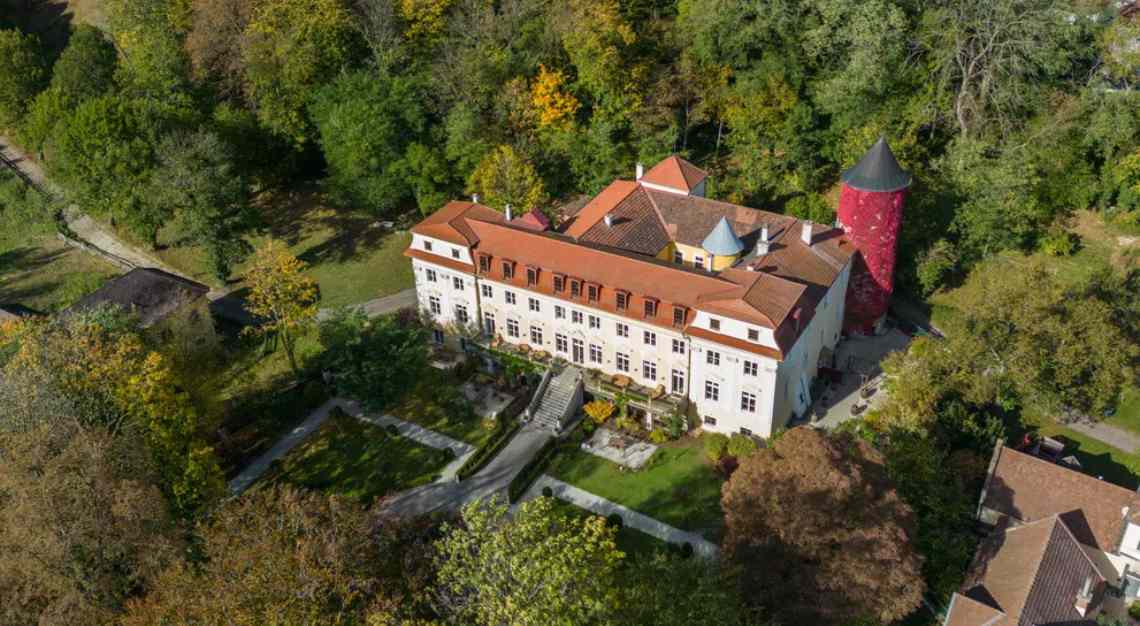
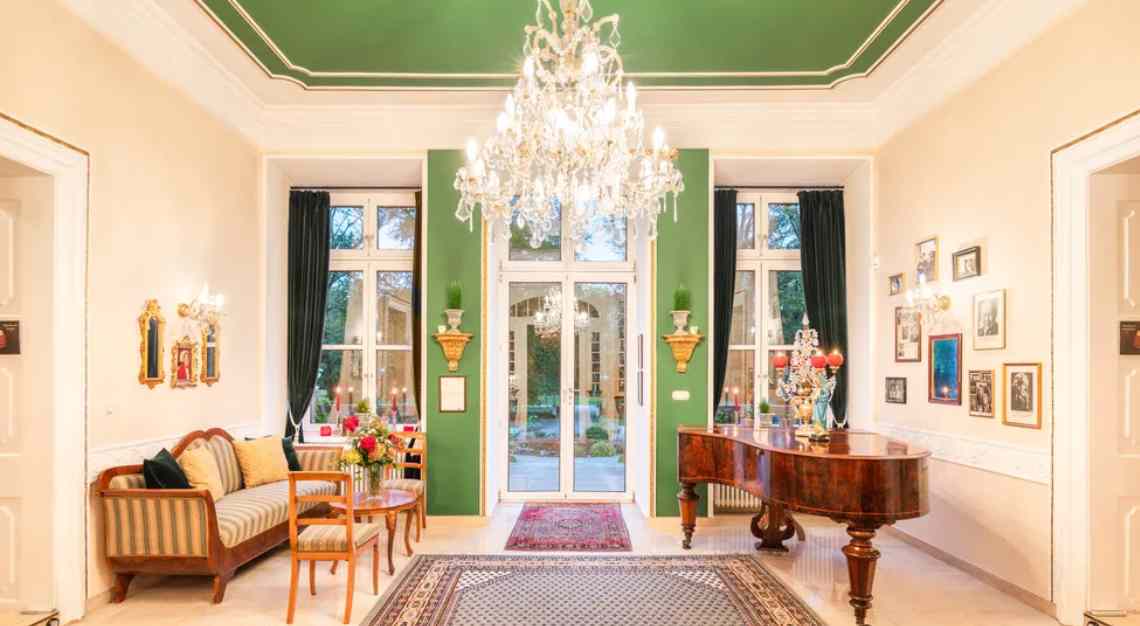
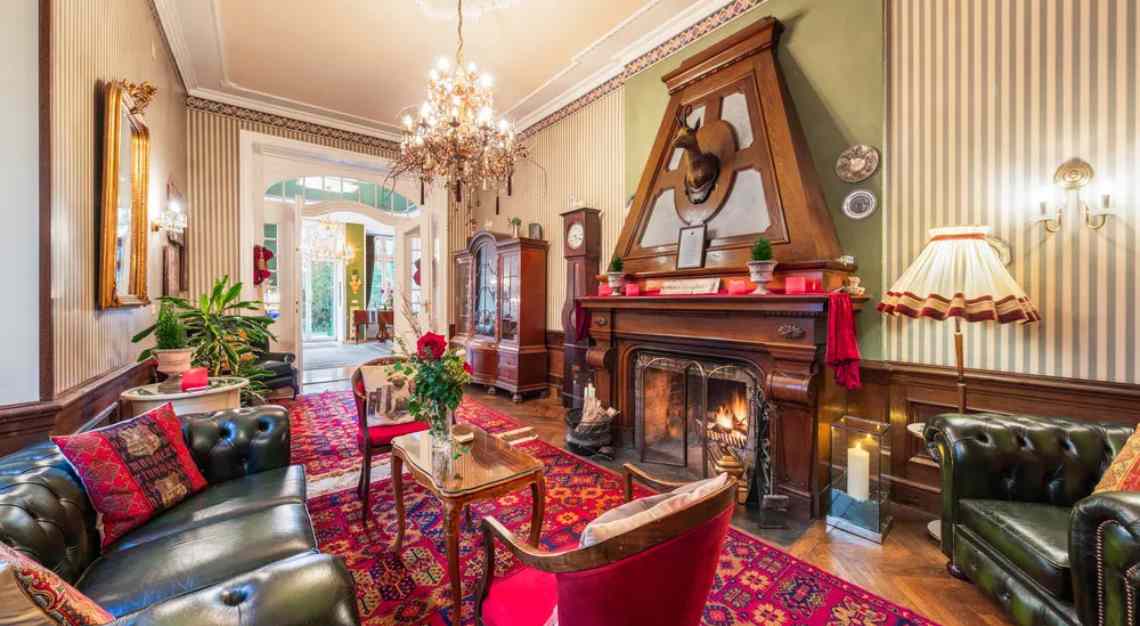
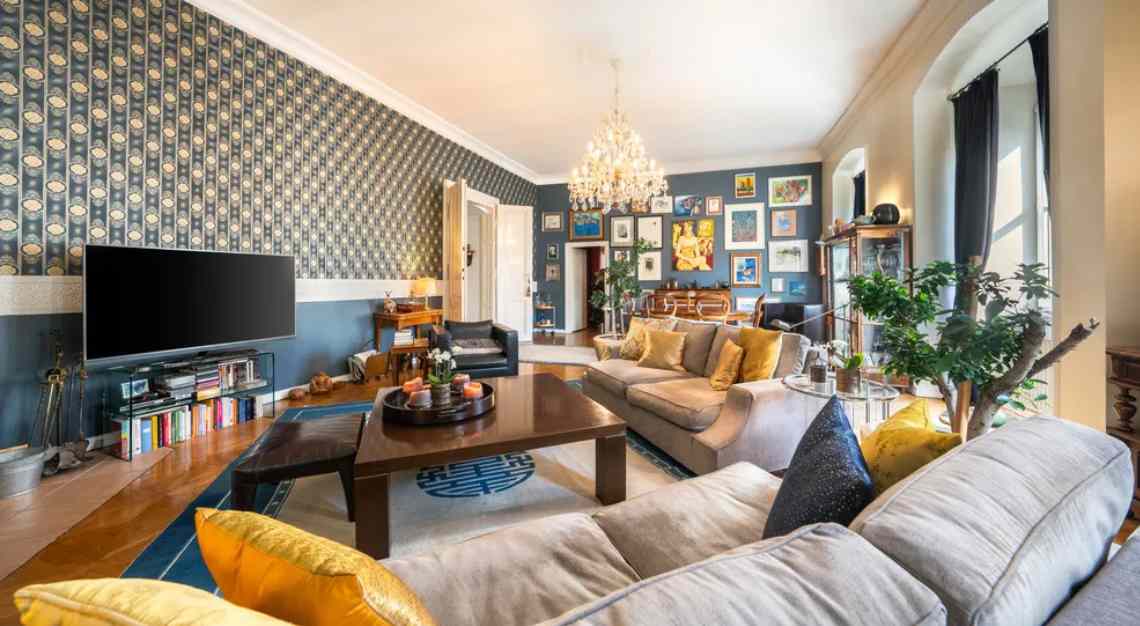
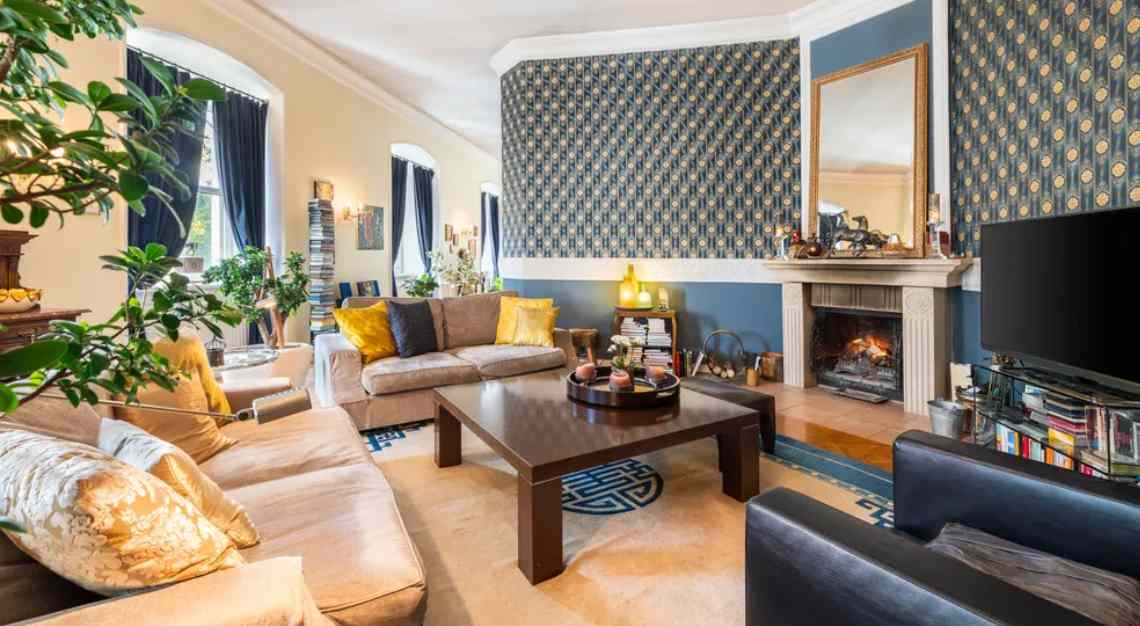
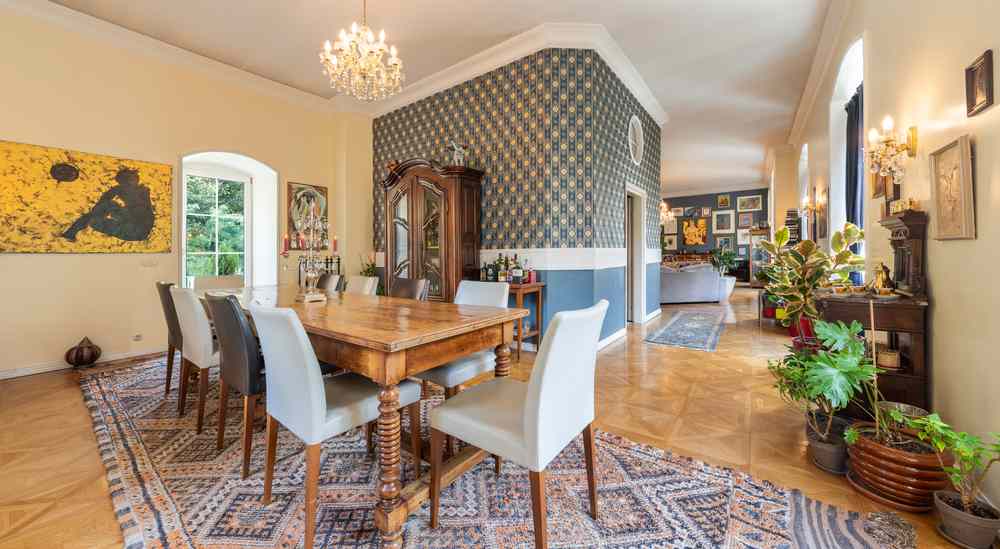
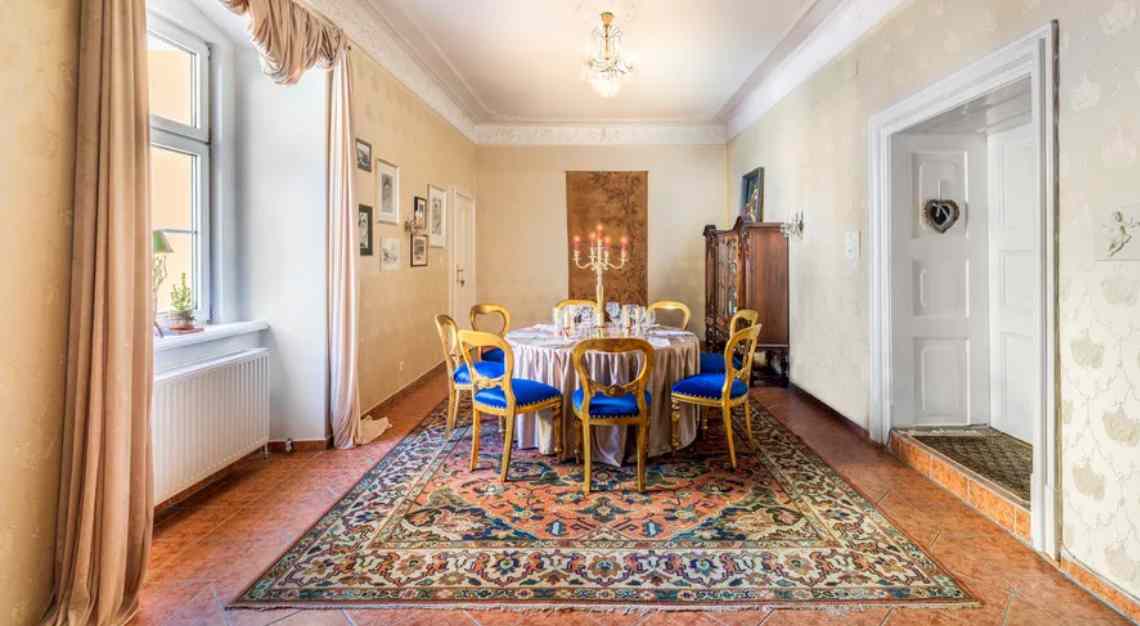
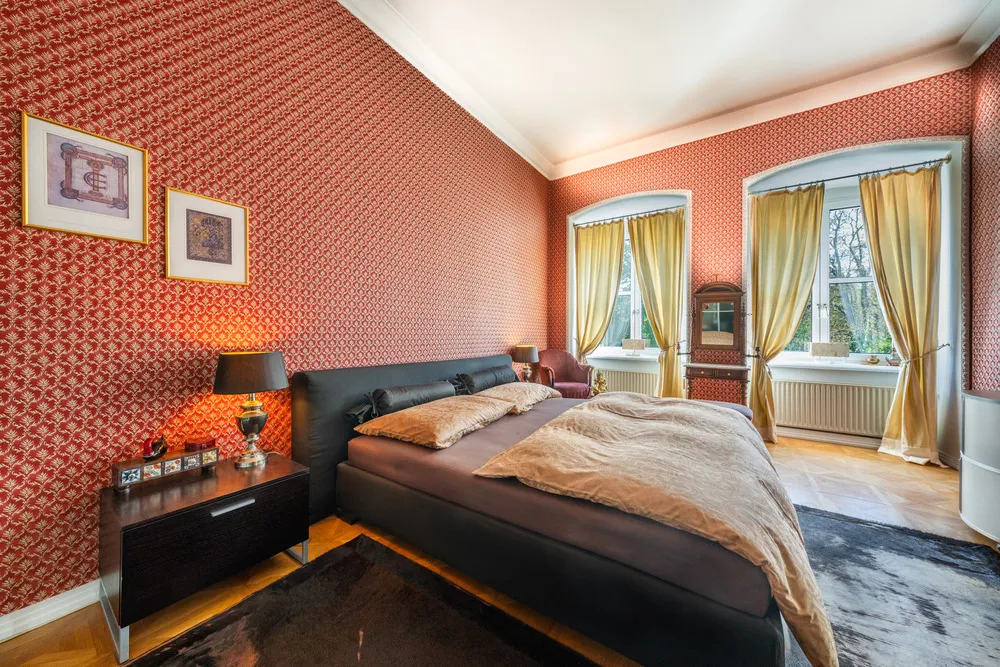
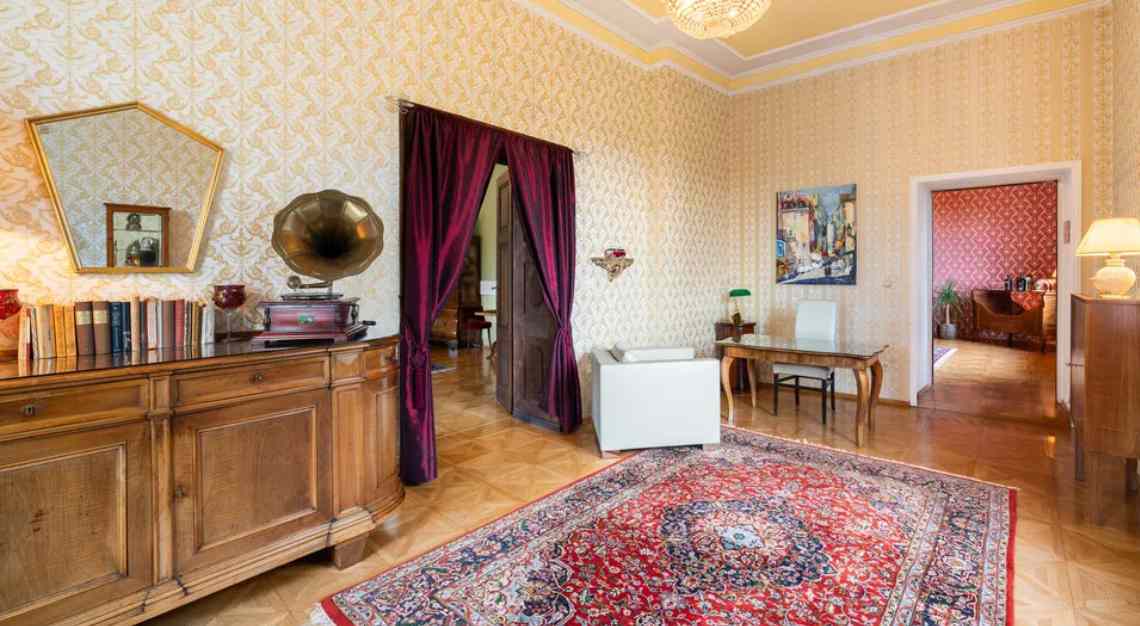
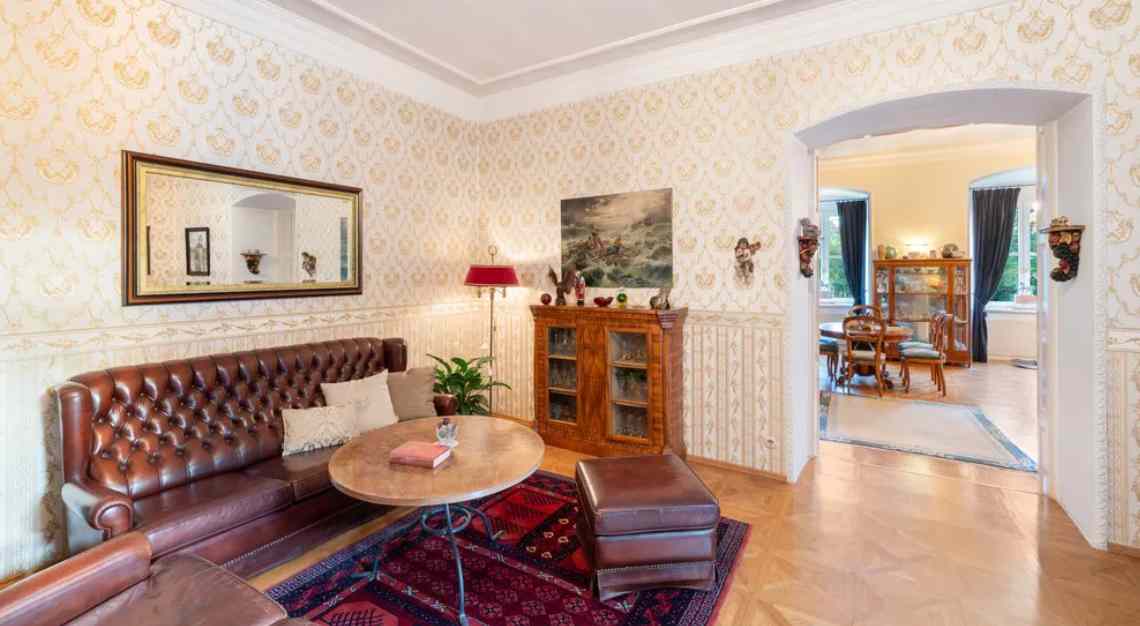
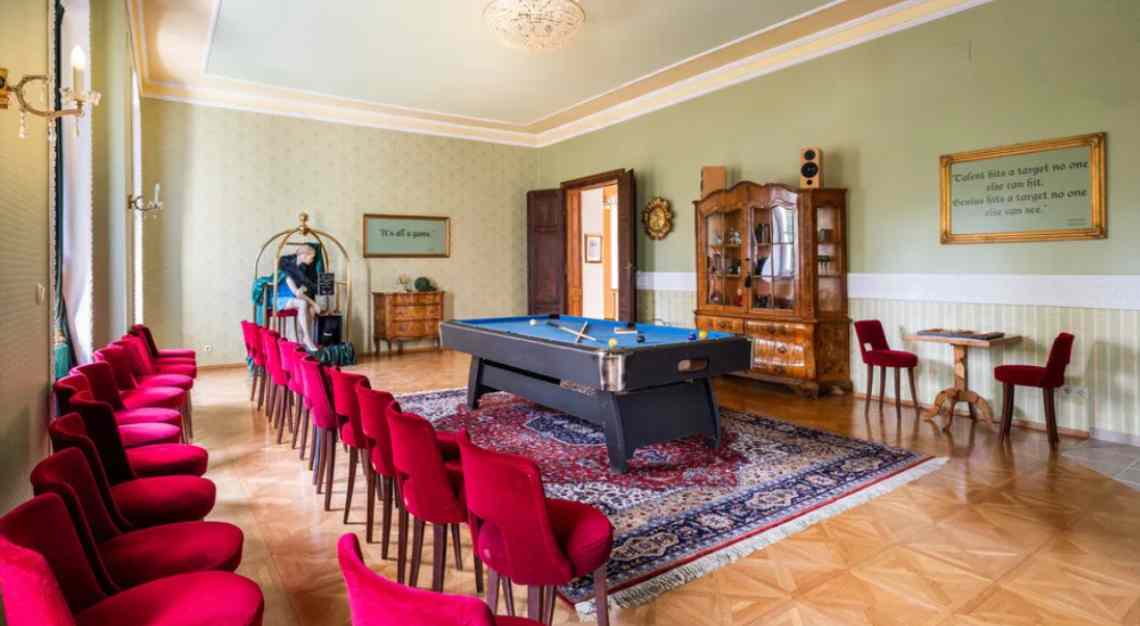
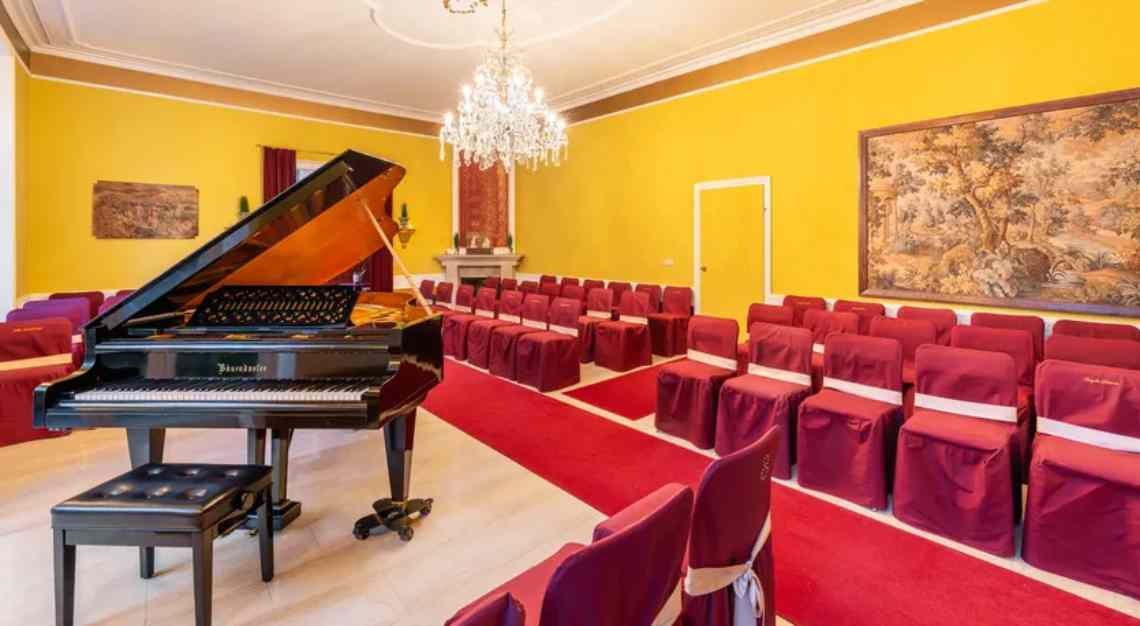
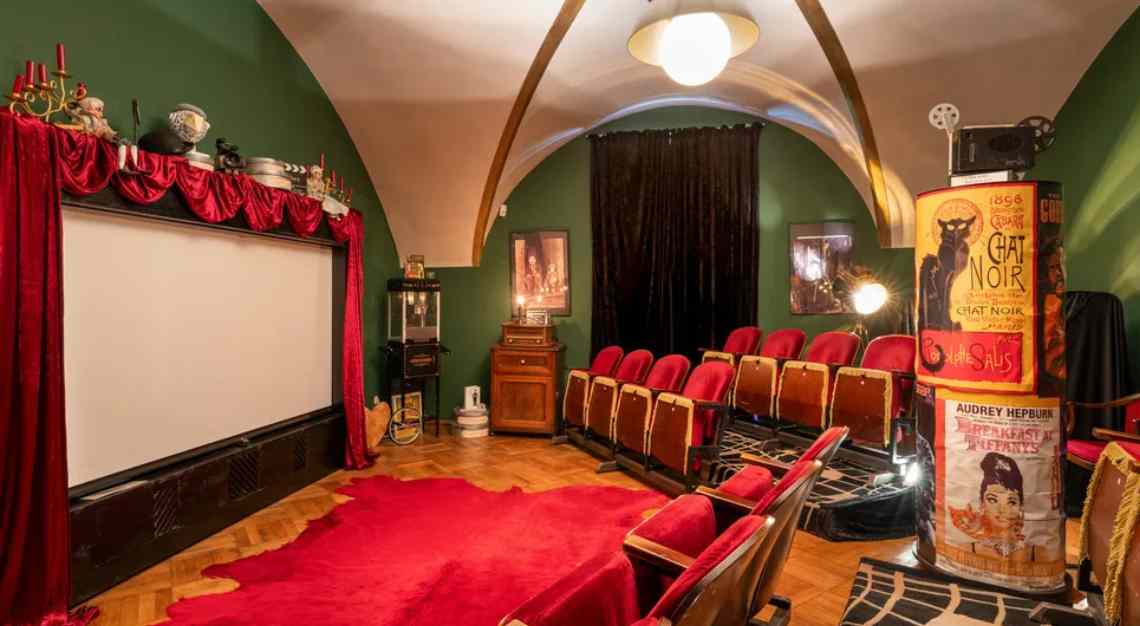
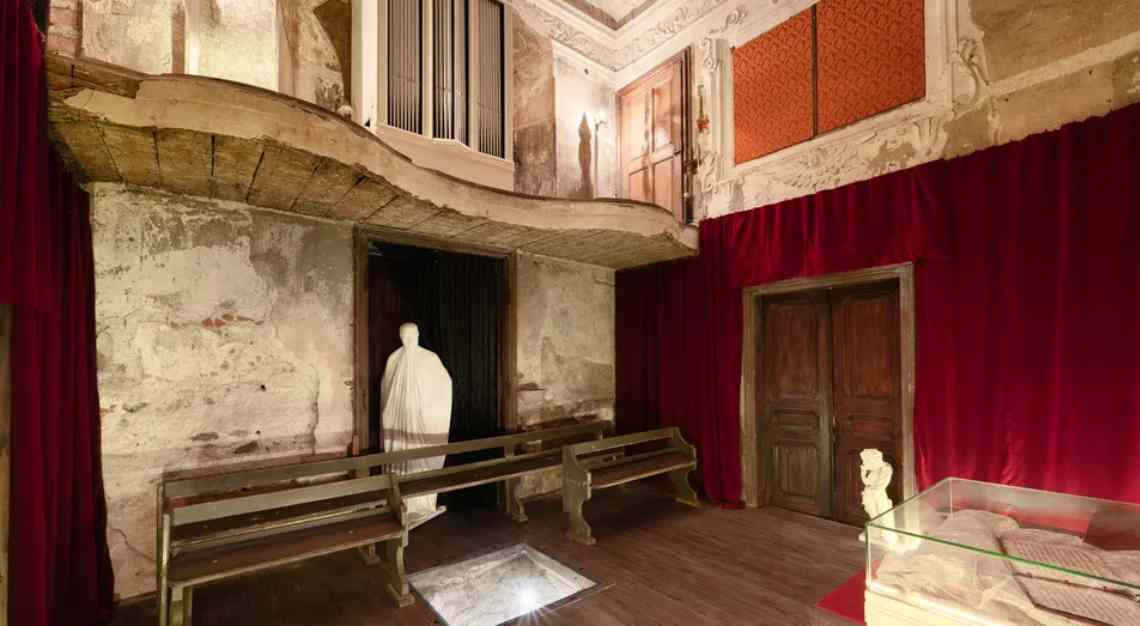

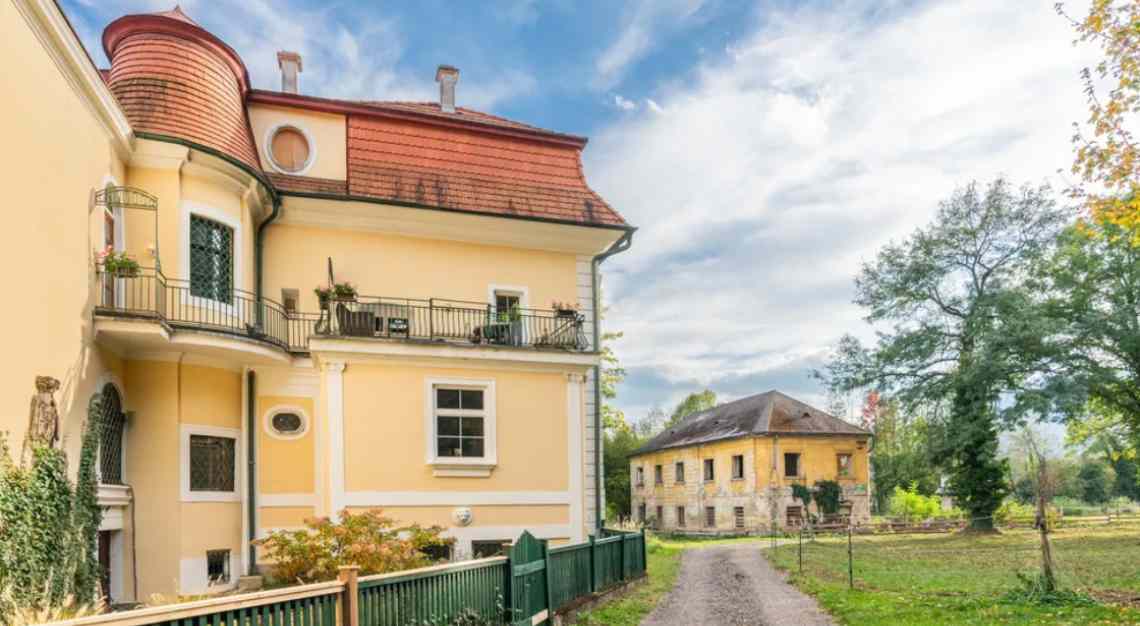
This story was first published by Robb Report USA
